If I was independently wealthy, I could spend my days observing the motion of the Sun through the sky every clear day. Then, using a gnomon and marking the Sun’s shadow throughout the days and weeks of the year, I would have known the summer solstice was yesterday at 12:16 PM CDST. Since I don’t have the time to devote to those observations, I have to trust that every astronomical source listed that time as the point when the Sun shined directly over the Tropic of Cancer.
With a partly sunny day, I decided I would observe the Sun as it reached the solstice. The main point of the observation was to see how high the Sun appeared, both at the moment of solstice, and local high noon. Fortunately, here in Northwest Indiana, those two times were close together.
The telescope was pointed very high, looking at the Sun just after the solstice, but before local high noon.
Using one of the tripod legs of the solar telescope as a gnomon, I found that the Sun transited my central meridian at 12:48 PM CDST, only 32 minutes past the solstice. I wonder how rare it is for the summer solstice to fall so close to local high noon?
Today’s sunset will be a little earlier than yesterday, and a little further south, until we reach the winter solstice in December. As an astronomer, I welcome the longer nights, and will appreciate that the summer Sun won’t be quite as high when I’m observing sunspots (or other solar features).

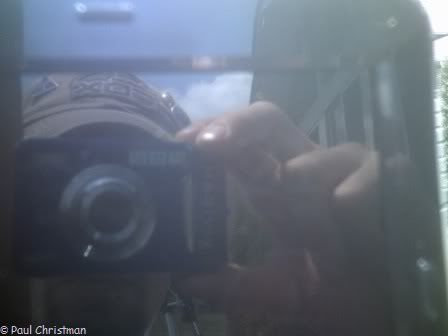

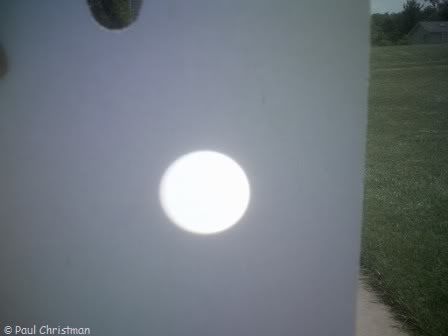
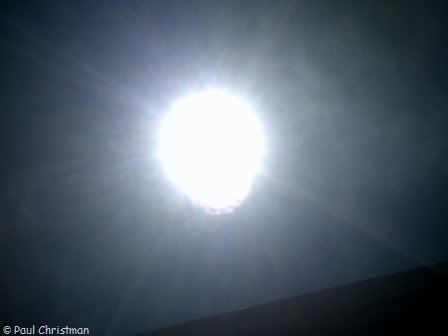
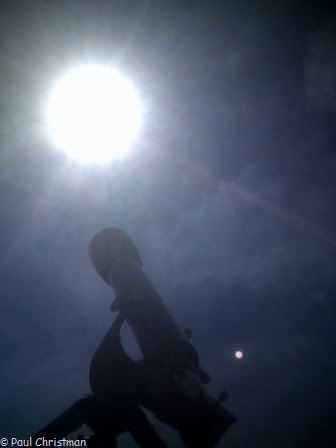
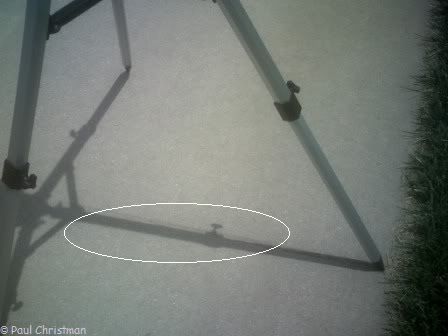
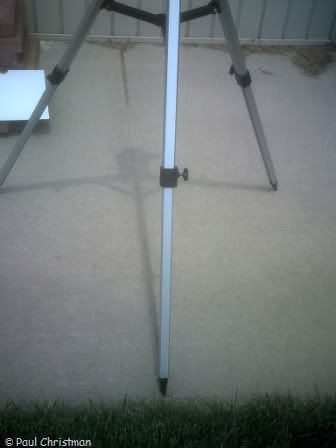

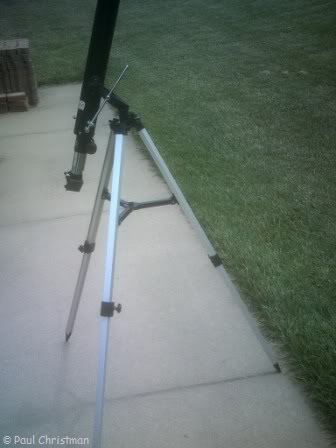
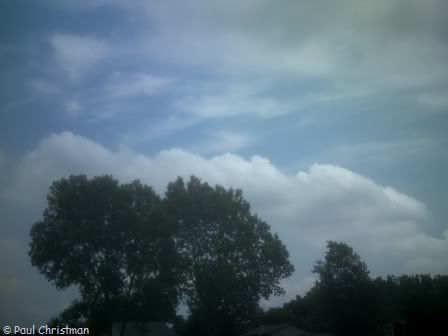
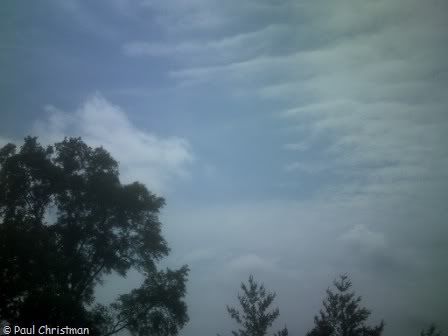
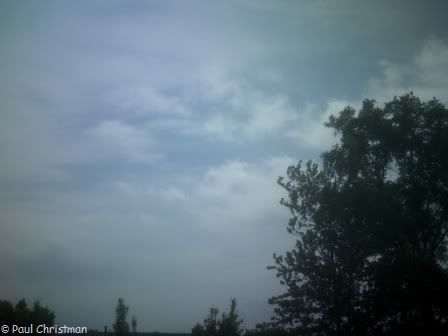

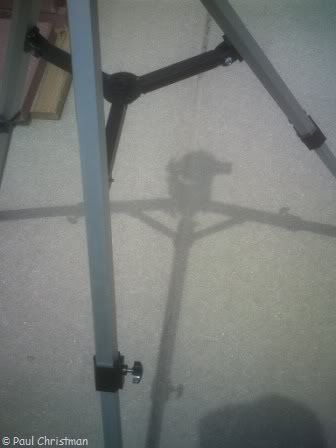
Nice post! I really loved the You Tube Video! Especially when you were waving at the viewers. You should do more of those!!! :)
ReplyDeleteI would like to do more videos, and have been thinking about it since last summer, but they take awhile to put together. I'll be experimenting with videos, and would like to do a night of virtual lunar observing. I have no idea how long it will take me to edit a good video though.
ReplyDeleteI;m definitely going to have a lot of video for the Venus transit next year (if everything goes right), and I want to start practicing now.
Paulie you are amazing - great observation! I did observe the sun rise and set this day as per my tradition but not a solar noon observe. Next year!!!
ReplyDeleteSunrise and sunset would be cool, but I was working at sunrise, and we had a storm come in before sunset. I want to do an equinox sunrise observation at Adler. There are stones aligned east-west, so the Sun should come up between them, over Lake Michigan, kind of like Stonehenge. I haven't had the chance to do it yet. Maybe in September. That would be really photogenic.
ReplyDeleteGreat post, thanks for sharing...I like the video..
ReplyDeleteMark..